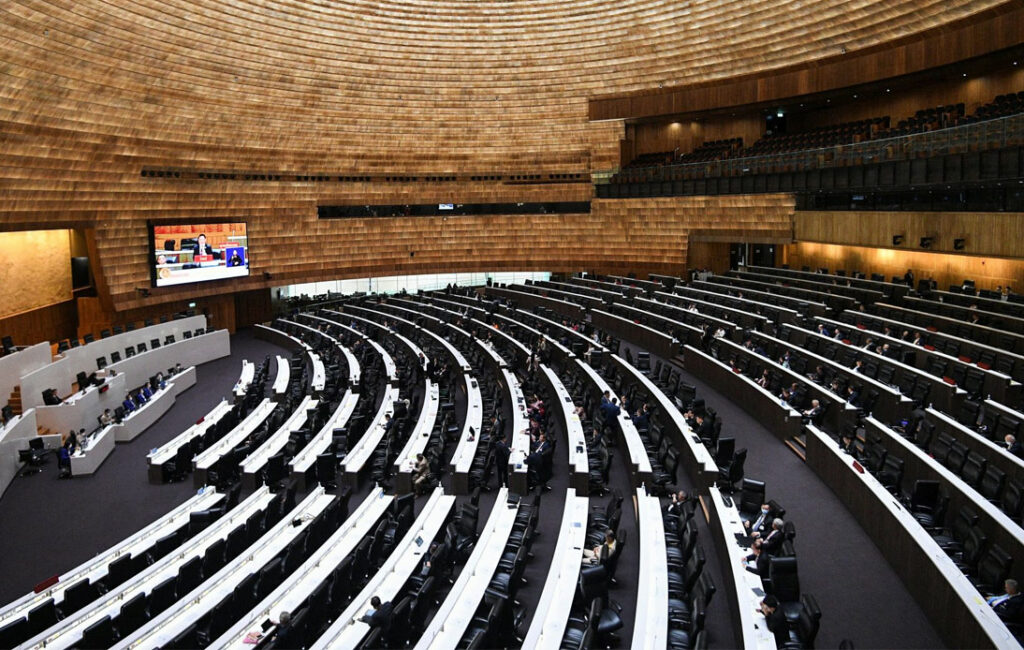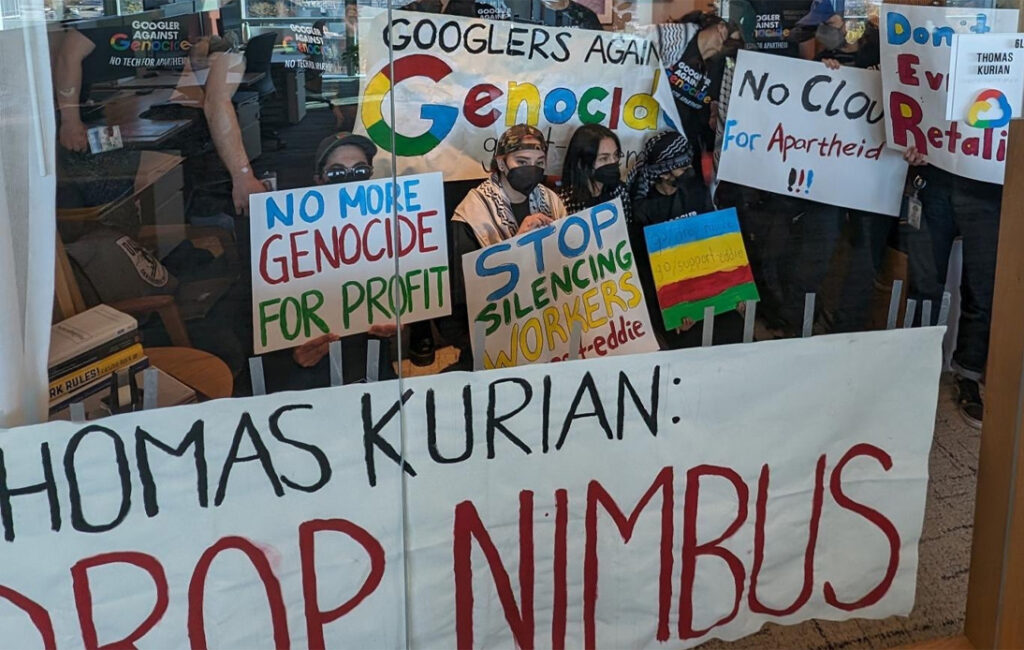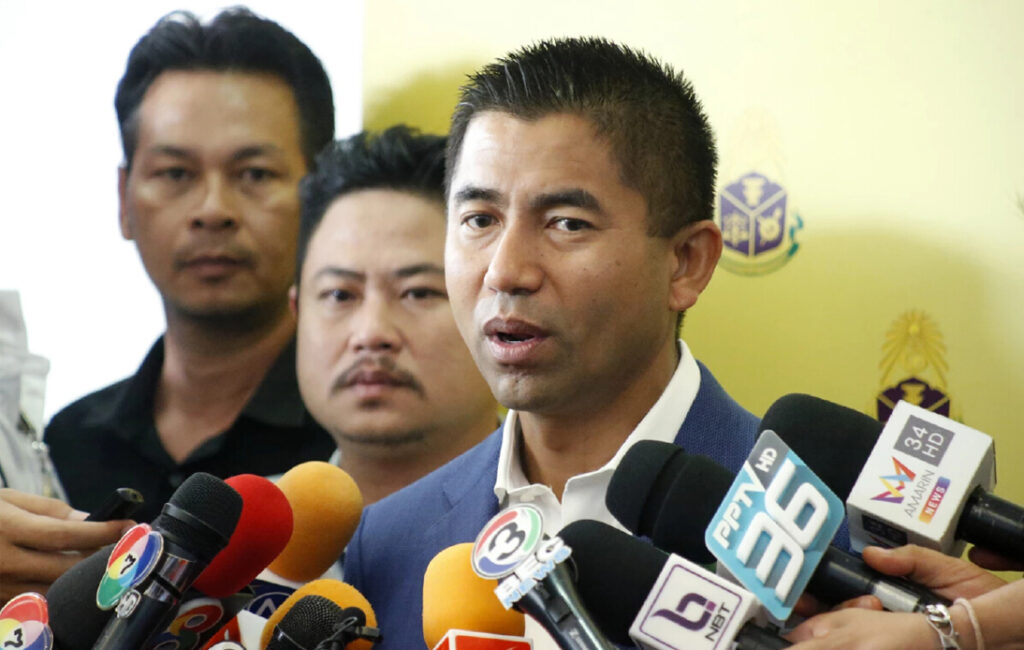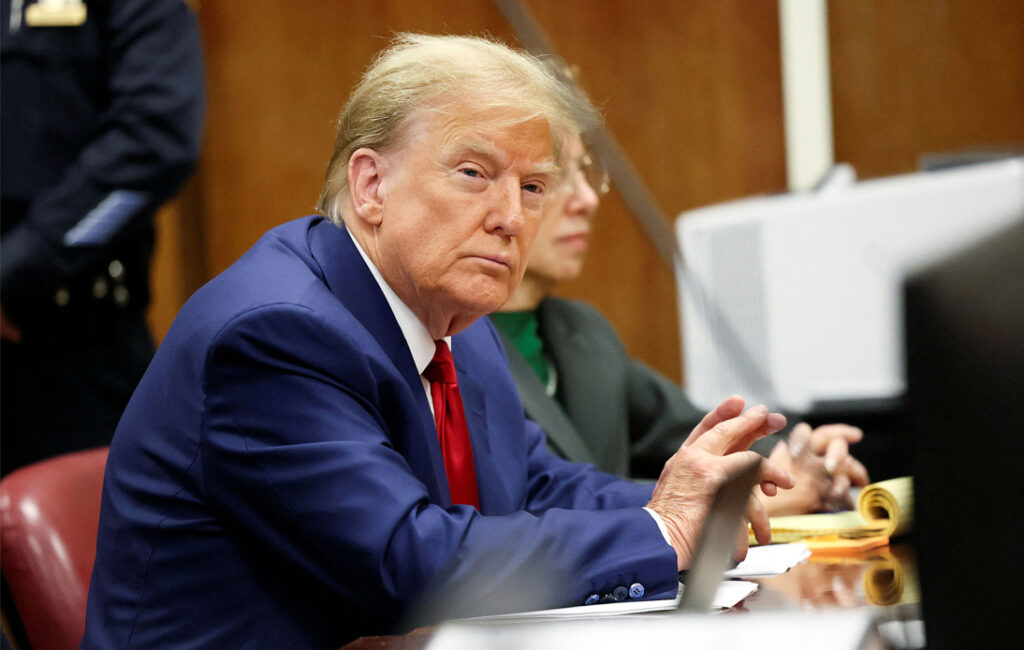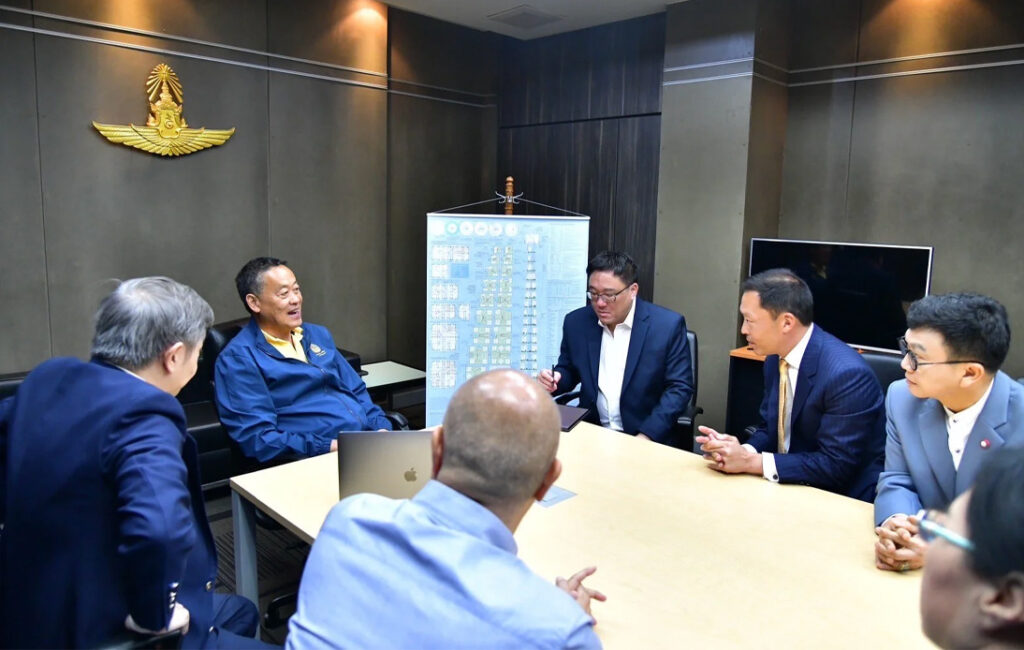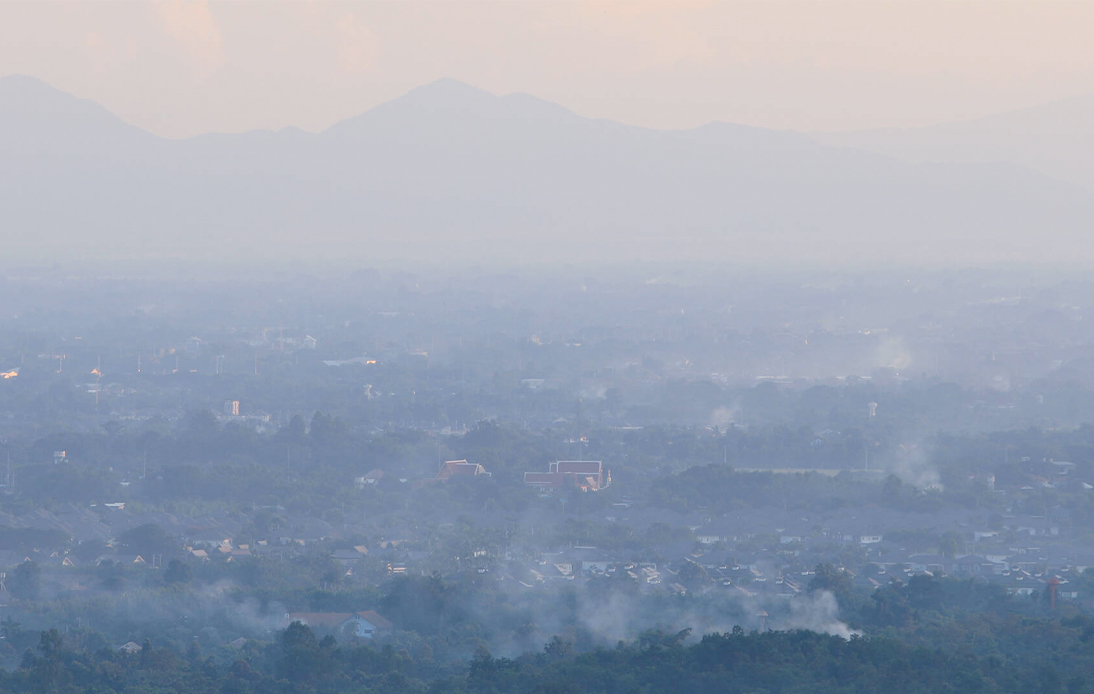
Thailand, Myanmar, and Laos are taking the first steps in working together to tackle the transboundary haze pollution blighting the region.
Prime Minister Prayut Chan-o-cha of Thailand hosted a video conference with Lao Prime Minister Sonexay Siphandone and Myanmar leader Snr Gen Min Aung Hlaing to address the haze crisis on Friday.
Gen Prayut stated that the purpose of the meeting was to share information and experiences in dealing with transboundary haze and discuss possible solutions to the problem.
The three countries understand the need for close cooperation as the haze pollution has become a health hazard, according to Gen Prayut.
“We need to join forces to help each other tackle the problem,” he said.
Gen Prayut put forward the Clear Sky Strategy at the meeting to effectively address the issue.
Each country is expected to reduce hotspots under the strategy, in line with the Chiang Rai Plan of Action adopted by five countries in the Mekong Subregion in 2017.
The Chiang Rai Plan of Action prioritizes the efforts of the Mekong Subregion countries to address transboundary haze pollution.
Gen Prayut said that all involved countries should use relevant bilateral mechanisms at all levels.
Thailand will promote cooperation on transboundary haze pollution through bilateral mechanisms at the local level with Laos and Myanmar.
Thailand will also bring up the issue at the 42nd Asean Summit in Indonesia next month.
Gen Prayut stated that the countries should support efforts to exchange information, take legal action to control the sources of transboundary haze, and help farmers dispose of waste in an environmentally friendly manner.
He also said that Thailand will advocate for increased cooperation among air quality monitoring networks in sub-region countries to improve air quality predictions and alerts.
Tackling haze pollution is a national priority for Thailand, with yearly meetings held to discuss measures to prevent forest fires and haze pollution, according to Gen Prayut.
The government has an action plan in place to reduce the sources of PM2.5 from exhaust fumes, factories, and slash-and-burn agriculture, he added.
Thailand reduced hotspots in the North by 61% and the level of PM2.5 by 27% last year, and provides regular updates to the Asean Secretariat on its efforts to reduce hotspots, according to Gen Prayut.
After the trilateral meeting, senior officials from Laos and Myanmar met with Jatuporn Buruspat, permanent secretary for the Ministry of Natural Resources and Environment, to discuss the policy direction given by their leaders.
Previously, Deputy Prime Minister and Foreign Affairs Minister Don Pramudwinai held talks with counterparts in neighboring countries, including Myanmar, regarding man-made wildfires exacerbating the problem and its impact on Thailand, according to a ministry spokeswoman Kanchana Patarachoke.
Ms. Kanchana stated that Mr. Don also asked the Thai ambassador to Myanmar to discuss the matter further with Myanmar’s Ministry of Natural Resources and Environmental Conservation.
Gen Prayut and Mr. Don have called on Asean Secretary-General Kao Kim Hourn to support Thailand’s efforts to enhance regional cooperation under the Asean Agreement on Transboundary Haze Pollution, which has been in place since 2003.
Ms. Kanchana said that Dr. Kao, who recently visited Thailand, assured Gen Prayut and Mr. Don that he is willing to help push the issue.





